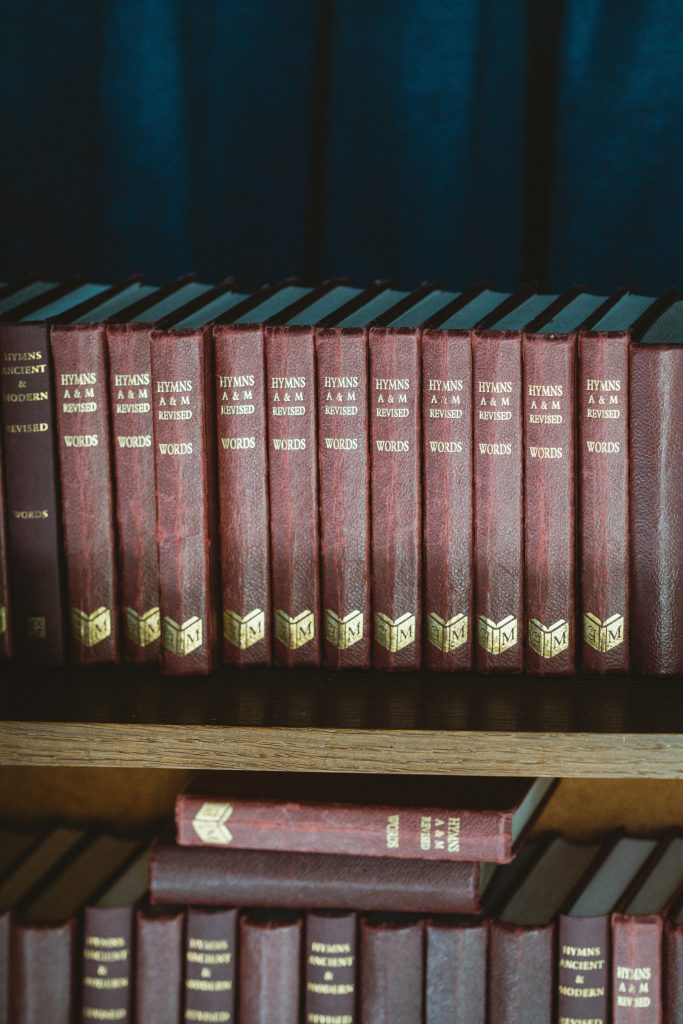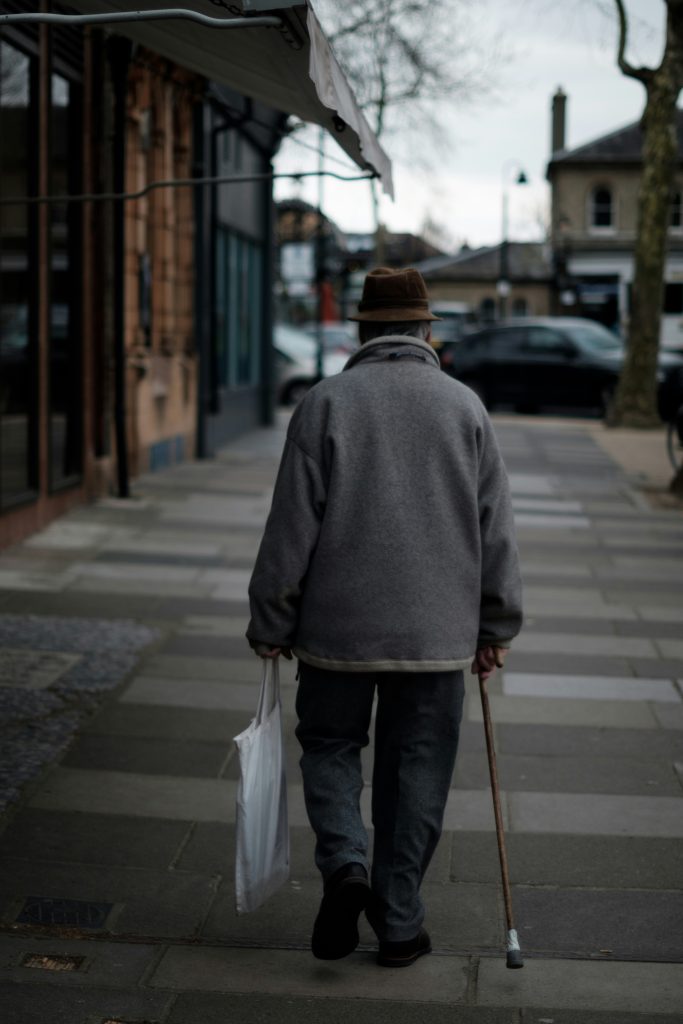Today would have been James’s 95th birthday. He died quickly and peacefully at home just a fortnight ago, on a warm Autumn evening, 26 October, comfortable, cared for, and surrounded by love.
Continue reading 11 November 2022Visitations
Someone once wrote to me asking if I believed in spiritualism:
I have been puzzled for seven years now about a vision I had twelve days after my husband died. I suddenly became aware that he was standing before me. He wasn’t a ghost but was quite solid, and he stayed there for two or three seconds. He was smiling the special smile he always kept for me. I wasn’t afraid – just amazed. So I leaned forward and spoke his name – and he’d gone! I felt much happier afterwards and thought he had come back to say he was alright and to say goodbye. I feel he is still nearby and keeping an eye on me. I can see him still after seven years.
I too have had a similar experience. Such visions are recognised as belonging to an entirely different order than that of the imagination, leaving a deep sense of contentment. And they are far more common than is often realised. My belief is that the dead are often allowed to visit us, sometimes in dreams, and to reassure us in this way, and then they are gone, to set about their own tasks, for the work of redeeming the cosmos is unending.
Time and tide
Shakespeare writes:
There is a tide in the affairs of men
Which, taken at the flood, leads on to fortune.
Omitted, all the voyage of their life
Is bound in shallows and in miseries.
On such a full sea are we now afloat
And we must take the current as it serves
Or lose our ventures.
It was in 1959 that a colleague said to me ‘Why don’t you start a theatre here in Hampstead?’ Within 24 hours I had booked a hall for a year, and the following week the local newspaper carried a front-page headline: Hampstead to have neighbourhood playhouse.
I had no experience of running a theatre nor any financial know-how, yet within a few years it had an international reputation for new plays.
But it doesn’t always work! I once consulted the I Ching, the ancient Chinese Book of Wisdom, about a project I had in mind, and the answer came, as from a very wise person: ‘Your idea is good but now is not the time.’
It is when faced with key decisions in life that the practice of meditation enables one to be able to intuit what action one should take – or not.
Stillness
Turning
My favourite hymn is the Shaker ‘Simple Gifts’, the first verse of which is:
‘Tis the gift to be simple, ’tis the gift to be free
‘Tis the gift to come down where we ought to be,
And when we find ourselves in the place just right,
‘Twill be in the valley of love and delight.
When true simplicity is gained,
To bow and to bend we shan’t be ashamed,
To turn, turn will be our delight,
Til by turning, turning we come ’round right
It is by being flexible and open to change that we find ourselves balanced, whole, and free.

Innocent
Innocence is not to be confused with naivety, but is a matter of remaining open to the freshness of life, of people, of nature – all of which grow out of the habit of sitting quietly, looking and listening. It is a quality that many young children have – though there is a danger that such innocence is quickly lost in the world of the internet. Always I am reminded of that small boy, whom I have quoted before, who said with great passion, ‘God is a feel, not a think!’ No wonder Jesus said ‘Let the little children come unto me and do not hinder them, for the kingdom of Heaven belongs to such as these.’
Unlocked
People often report having a recurring dream in which they are entering a house with many locked rooms, the shutters drawn so that no light can enter. We speak also of skeletons in cupboards and our fear that they might fall out. All of which indicates that we have much work to do on ourselves. It is like gardening; until a garden is weeded to let the light in, plants will struggle to grow and survive.
Struggling on
Often we are tempted to give up the struggle, be it the practice of meditating or simply the struggle for life. It is good, therefore, to be reminded of what one of the tramps says in Samuel Beckett’s Waiting for Godot: ‘I can’t go on. I must go on. I will go on.’ As Jesus said, ‘No one, having put their hand to the plough and looking back, will enter the kingdom of God.’ We must forge ahead. Commitment is everything.
Alone
In the UK some seven million people live alone, and of these approximately five million, aged seventy and over, report that they have only the television for company. As Mother Teresa of Calcutta wrote, ‘I know the greatest suffering in the world is being lonely, feeling unloved, just having no one. I have come more and more to realise that being unwanted is the worst disease today that any human being can experience.’
Each of us can make an effort to reach out to those in our neighbourhood who live alone, especially the elderly. The small book TOGETHER was produced by members of our meditation group and shows the value of people coming together in groups to share their stories and experiences.

Into the maze
One of the reasons people shy away from silence is because it is often in those moments that our demons rise to the surface: hidden resentments, jealousies, lust, rage. Like Theseus we have to enter our own maze to confront various minotaurs if we are to grow as individuals. Sometimes this may necessitate having some form of therapy or analysis to work through deep-rooted problems. As a first step it may require that we sit patiently with the uncomfortable feelings, acknowledging their presence in our lives. Only when we have sorted out the many pieces of our individual jigsaw can we begin to grow towards the person we are meant to be, to become whole.